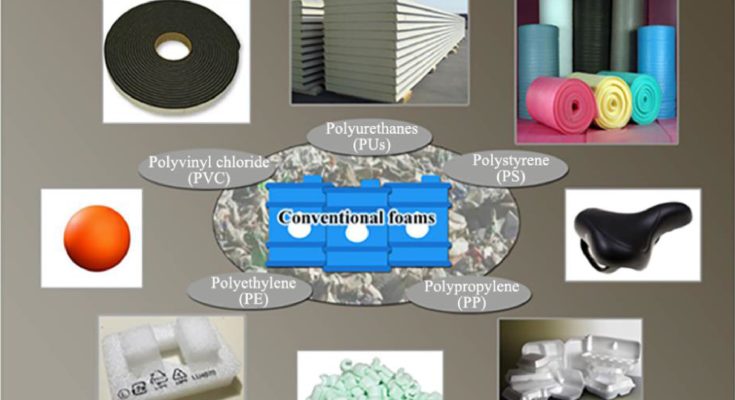As the world grapples with the environmental consequences of plastic waste, researchers from China and Canada have shed light on the burgeoning field of bio-based foams. In a recent review article published in the Journal of Bioresources and Bioproducts, Xiaohan Wang, Jinwon Jang, and their colleagues have provided an in-depth analysis of bio-based foams, which are emerging as a beacon of hope for sustainable packaging solutions.
The authors begin by outlining the environmental impact of conventional plastic foams, which are primarily derived from non-renewable fossil fuels. They highlight the increasing demand for green products and the subsequent push for the development of bio-based foams. These foams are made from renewable resources such as polyurethanes, polylactic acid, starch, polyhydroxyalkanotates (PHAs), and cellulose.
The review examines the manufacturing processes of these bio-based foams, which include techniques like extrusion, injection molding, and hot pressing. Each method is evaluated for its effectiveness and the unique properties it imparts to the foams. The authors also delve into the physical properties of these foams, comparing them with conventional plastic foams.
One of the significant challenges faced by bio-based foams is their inferior compatibility, thermal, and strength properties compared to their fossil fuel-based counterparts. The researchers discuss the various strategies being employed to overcome these hurdles, such as the use of bio-based polyurethanes derived from vegetable oils and lignocellulosic biomass.
The review also highlights the importance of starch foams, which are produced by restructuring starch into a thermoplastic state, allowing it to be foamed in its molten state. Despite their promise, starch-based foams suffer from high water solubility and poor mechanical properties. To address these issues, researchers are employing additives and chemical modifications to improve their performance.
PHAs, another focal point of the review, are produced by bacteria as part of their metabolic processes. These biodegradable polymers offer a wide range of properties, from elasticity to rigidity. However, their high crystallinity and susceptibility to thermolysis pose significant challenges for foam production.
Cellulose foams, derived from the Earth’s most abundant polymer, are also discussed. While they offer excellent mechanical properties, their hydrophilic nature poses a significant challenge for applications in moist environments.
The authors conclude by emphasizing the need for further research and development to enhance the processability of bio-based foams and reduce production costs. They also stress the importance of collaboration between researchers and industry partners to expedite the commercialization of these sustainable alternatives.
Provided by Journal of Bioresources and Bioproducts





